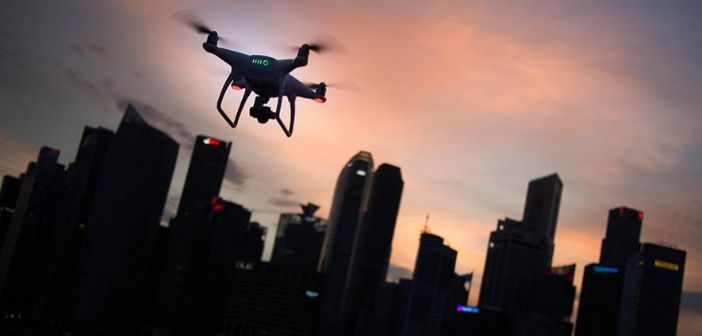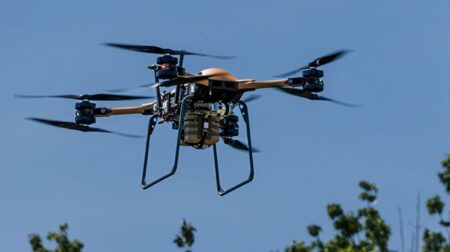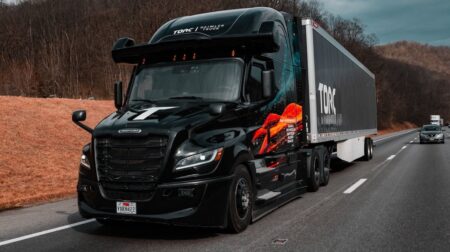Researchers at the University of Cambridge have developed a real-time approach that could help prevent incidents like the London’s Gatwick Airport disruption, where possible drone sightings at the perimeter of the airport caused the cancellation of flights.
Using a combination of statistical techniques and radar data, the team’s solution can predict the flight path of a drone, and whether it intends to enter a restricted airspace, for instance around a civilian airport.
“While we don’t fully know what happened at Gatwick, the incident highlighted the potential risk drones can pose to the public if they are misused, whether that’s done maliciously or completely innocently,” said paper co-author Dr Bashar Ahmad, who carried out the research while based at Cambridge’s Department of Engineering. “It’s crucial for future drone surveillance systems to have predictive capabilities for revealing, as early as possible, a drone with malicious intent or anomalous behaviour.”
The system’s new predictive capability can enable automated decision-making and significantly reduce the workload on drone surveillance system operators by offering actionable information on potential threats to facilitate timely and proportionate responses.
To aid with air traffic control and prevent any possible collisions, commercial airplanes report their location every few minutes. However, there is no such requirement for drones.
“There needs to be some sort of automated equivalent to air traffic control for drones,” said Professor Simon Godsill from Cambridge’s Department of Engineering, who led the project. “But unlike large and fast-moving targets, like a passenger jet, drones are small, agile, and slow-moving, which makes them difficult to track. They can also easily be mistaken for birds, and vice versa.”
Real radar data from live drone trials at several locations was used to validate the new approach. The software-based solution uses a stochastic, or random, model to determine the underlying intent of the drone, which can change dynamically over time.
Most drones navigate using waypoints, meaning they travel from one point to the next, and a single journey is made of multiple points. During tests the Cambridge-developed solution was able to identify drones before they reached their next waypoint. Based on a drone’s velocity, trajectory and other data, it was able to predict the probability of any given drone reaching the next waypoint in real time.
“In tests, our system was able to spot potential threats in seconds, but in a real scenario, those seconds or minutes can make the difference between an incident happening or not,” added first author Dr Jiaming Liang, also from Cambridge’s Department of Engineering.
“It could give time to warn incoming flights about the threat so that no one gets hurt.”
Researchers added the solution can be incorporated into existing surveillance systems, making it a cost-effective way of tracking the risk of drones ending up where they shouldn’t. The algorithms could, in principle, also be applied to other domains such as maritime safety, robotics and autonomous vehicles.








